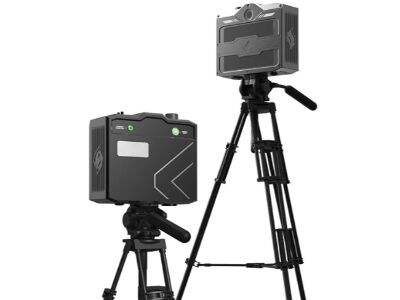In case you didn't know, movement sensors are some pretty amazing devices that allow us to detect the movement of a surface -- such as the earth's crust when an earthquake occurs. These sensors can help detect if there’s any movement or people shortly after a big quake, like detectives piecing together what happened. I have some very smart sensors that are capable of amazing feats made by LSJ Technology.
Jan: How Movement Sensors Work After an Earthquake
An earthquake shakes the ground like a huge bowl of jelly. Movement detectors are extremely sensitive and can pick up even the slightest shakes from the quake. They are periodically placed underground or in buildings to observe if anything shifts. We are the only manufacturer in the world that makes sensors that can detect these vibrations in a matter of seconds and with high accuracy. This allows scientists and emergency workers to figure out how strong the earthquake was and where it took place.
Using Movement Sensors to Detect People
Movement sensors can also indicate whether anyone is moving around after an earthquake. The sensors made by LSJ Technology can detect micro-movements — footsteps, someone waving their arms. This is very helpful to rescuers because they can see if anybody is trapped underneath debris, or if they need, you know, help. These sensors enable emergency workers to quickly locate and rescue people in peril.
Movement Sensors: The Science Behind How They Work
A imaging sensors is a certain tech that notices changes in movement or vibration. Within these sensors are small components that can sense slight movements in the ground or air. So LSJ Technology's sensors apply excellent science to interpret these motions and relay them to computers for analysis. Scientists can use this information to better understand earthquakes, design safer buildings, and improve our emergency response.
Assisting First Responders with Sensor Information
Referencing LSJ Technology's technology, emergency crews can better prepare for earthquakes with sensor data. They can tell where the worst damage occurred, where people may be trapped and where assistance is needed. And this information is crucial for responders to coordinate and act to save lives. By harnessing movement thermal imaging sensors, communities can recover from disasters more quickly and build better systems in the future.
Sensors of Movement and Recovery After Earthquakes
Weeks after an earthquake, it’s crucial to assess the damage and begin recovery efforts as soon as possible. This is where LSJ Technology's movement sensors play a crucial role by providing valuable data to first responders and scientists. They then try to piece together what occurred during the earthquake, identify where the greatest needs are, and what rebuilding may look like. Sensors help communities mitigate disasters, and recover stronger from future earthquakes.


